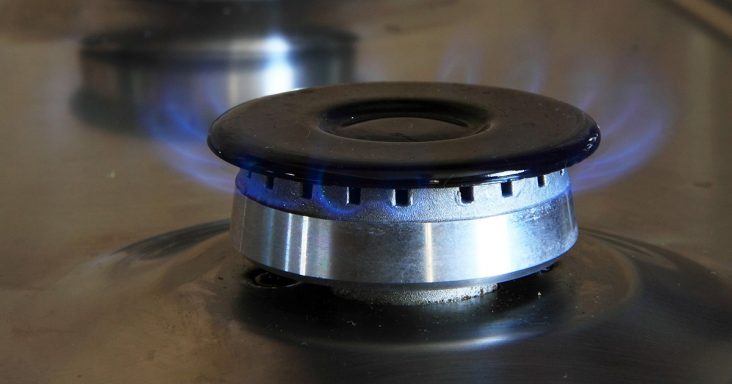EIA: record natural gas consumption expected this summer
by July 12, 2023 1:54 pm 1,050 views

U.S. natural gas consumption for electricity generation is expected to rise amid hot weather in July and August, according to the U.S. Energy Information Administration (EIA). The consumption is projected to rise about 4% from the same months in 2022 as demand for air conditioning rises.
The EIA released Tuesday (July 11) the July Short-Term Energy Outlook that shows natural gas will provide about 46% of U.S. electricity for July and August and provide 41% of U.S. electricity for 2023. Also, electricity generation from renewables is expected to rise by 6%, and generation from nuclear energy is projected to increase by 2% in July and August compared to the same months in 2022.
In May, the EIA projected natural gas consumption for electricity generation would be at the second-highest level this summer, surpassed only by last summer’s consumption level. The July forecast shows the consumption to reach record levels for air-conditioning demand this summer.
“This is an interesting time to monitor the United States’ electricity mix,” said EIA Administrator Joe DeCarolis. “As coal provides less and less power to the grid, we expect the contributions of natural gas and renewables in particular to increase.”
Natural gas prices remain lower than they were last year, and about 6,000 megawatts of new combined-cycle natural gas turbine capacity started operating in 2023, making electricity generation from natural gas more economical than in the past. Also, U.S. operators have added nearly 15,000 megawatts of capacity from wind and solar so far this year.
Also in the Short-Term Energy Outlook, U.S. renewable diesel production is expected to rise from previous forecasts. The renewable diesel production is expected to rise by 66% to about 161,000 barrels per day in 2023 from 2022. The production is expected to rise by 36% in 2024.
“We still expect significant growth in renewable diesel production, but changes to the Renewable Fuel Standard slightly lower the growth rate in the short term,” DeCarolis said.
